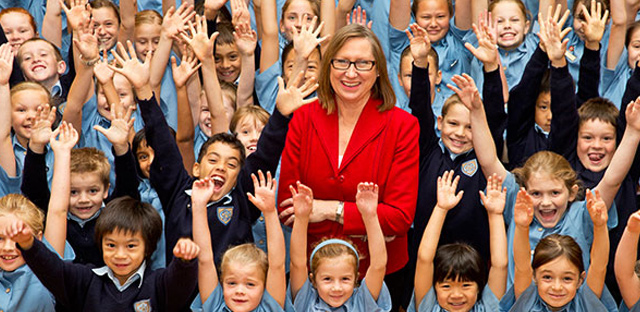Most kids in New Zealand start school soon after their 5th birthday. But it’s not actually compulsory until the age of 6. Students start either at year one or year zero. If their first day at school is between January and about April, they usually start in year one. If their birthday is later in the year, they usually start in year zero.
Most primary schools teach up to year six (about 10 years old), at which point the kids go to an intermediate school for two years before high school, which starts at year nine (roughly age 13). A few primary schools teach up to year eight. Those are called “integrated primary schools”.
Here’s roughly what to expect in the primary and intermediate years:
- A friendly atmosphere. Most staff are keen to get to know you, as are the parents. Some primary schools love it when parents help out in the classroom from time to time, if they’re inclined.
- Technology. A growing number of intermediate schools have a bring-your-own-device policy, and personal computing is becoming commonplace in primary schools, too.
- Christmas holidays in the middle of summer. The school year starts at the end of January.
- Free range kids. Field trips often include things like bush-craft and water safety. It’s not uncommon to see kids running around outside in bare feet. In the rain.
- Mufti. Some state schools have uniforms, some don’t, and some do but tolerate a sort of blended approach.
- Maori language (te reo Maori) and culture (tikanga Maori). Maori is one of New Zealand’s three official languages, along with English and NZ Sign Language. Competition for the kapa haka (performance groups) is both fierce and friendly!
- National Standards: your mokopuna (young ones) will bring home a report that indicates where they stand in relation to their age cohort across the country in reading, writing and maths.
- Increased options at years 7 & 8.These levels tend to offer an expanded curriculum, with a range of specialist teachers in things like drama, art, technology, hard and soft materials, and so on.

